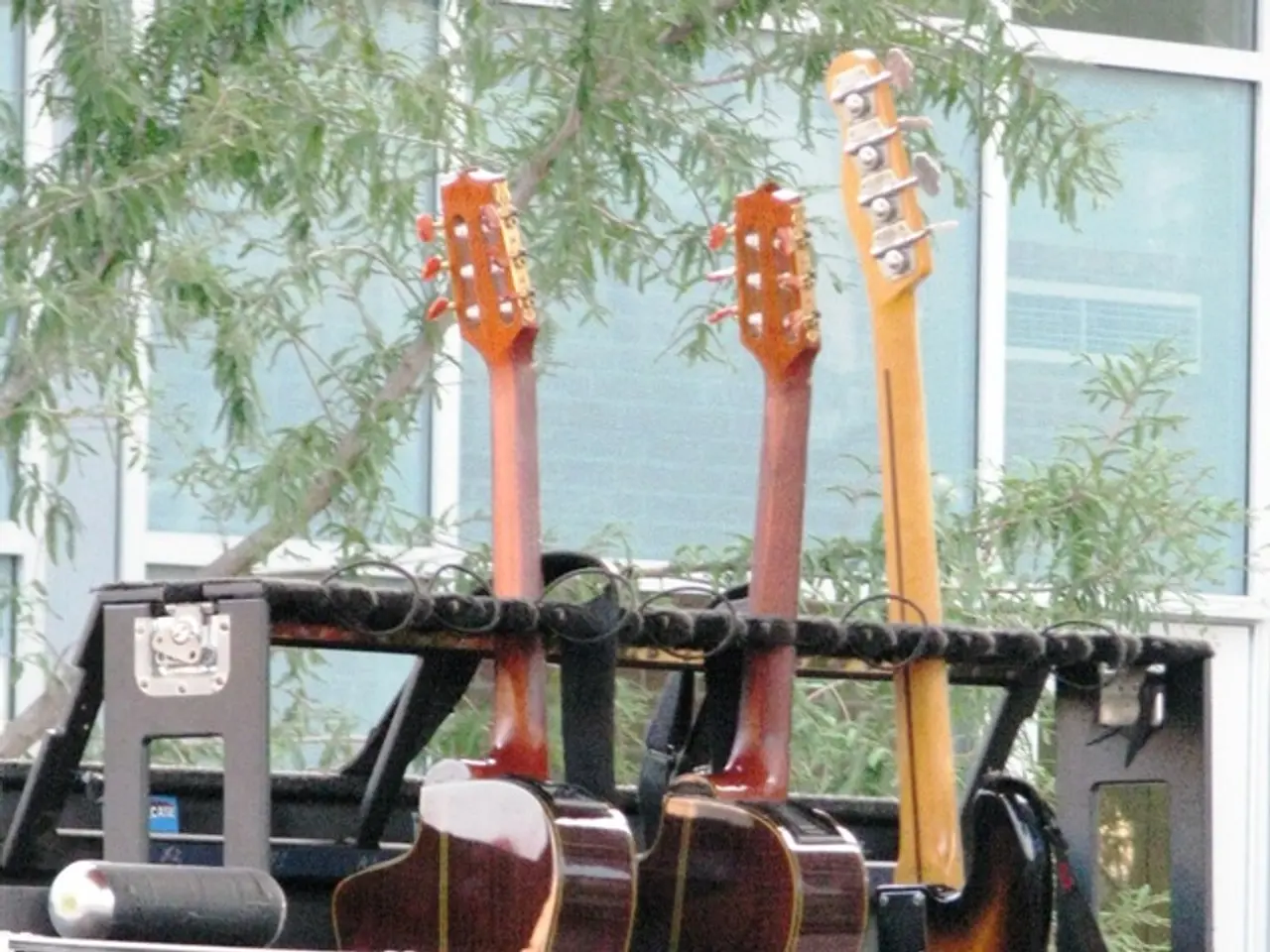Creating Vibrations: Manufacturing a Subwoofer Enclosure Using Fiberglass
For audiophiles and DIY enthusiasts alike, constructing a fiberglass subwoofer box offers an exciting opportunity to create a custom, high-performance enclosure. This guide will walk you through the materials required, steps involved, and benefits of fiberglass construction for your next project.
Materials
To build a fiberglass subwoofer box, you'll need the following materials:
- Fiberglass cloth or mat
- Resin (usually polyester or epoxy resin)
- Hardener (catalyst for resin)
- Mold base (wood or foam to shape the box)
- Sandpaper (various grits)
- Protective gloves and mask
- Mixing containers and brushes or rollers
- Sealant and paint (optional for finishing)
- Tools for cutting and shaping the mold base (saws, knives)
Steps to Build
- Design and Build Mold Base: Create the exact shape of your subwoofer box using MDF wood or foam. This acts as the “core” around which fiberglass is laid.
- Prepare Fiberglass and Resin Mixture: Mix the resin with hardener according to product instructions. Work in a well-ventilated area with safety gear.
- Lay Fiberglass on Mold: Apply resin to the mold base, then lay fiberglass cloth/mat over it. Use a brush or roller to saturate the cloth with resin, removing air bubbles. Repeat with several layers for strength.
- Cure and Remove Mold Base: Allow the fiberglass to cure until hardened. If using a foam core, it may be removed or shaped further inside the hardened shell.
- Cut Out Subwoofer Hole and Finish: After curing, cut the hole for the subwoofer and any ports. Sand the edges smooth and paint or seal the box as desired.
Advantages of Fiberglass Subwoofer Boxes
- Custom Shapes & Fit: Fiberglass allows construction of complex, space-efficient shapes tailored precisely to vehicle interiors.
- Strength and Durability: Once cured, fiberglass is rigid and strong, resisting cracking better than wood or MDF.
- Weight: Fiberglass boxes can be lighter than thick MDF alternatives yet maintain structural integrity.
- Sealing: Fiberglass creates a completely sealed enclosure, improving acoustic performance without leaks.
- Professional Appearance: Smooth, contoured finish that can be painted or wrapped for a sleek look.
In summary, fiberglass subwoofer boxes require a mold-based building process involving resin and cloth, providing custom fit, durability, and good acoustic sealing advantages for vehicle audio systems. Seal any seams with resin for added strength and protection.
Remember, beginners may find the process challenging, and it is advisable to familiarize themselves with fiberglass work through smaller projects first. Safety precautions include wearing protective gear, working in a well-ventilated area, and disposing of materials properly.
With the right materials, a step-by-step process, and an understanding of the advantages of fiberglass construction, you're on your way to crafting a high-quality, custom fiberglass subwoofer box. Happy building!
- Including high-quality sound as a priority in your lifestyle, the use of fiberglass subwoofer boxes offers superior acoustic sealing compared to traditional wooden enclosures, resulting in better sound quality.
- Grasping the appeal of technology and its impact on lifestyle, the creation of a fiberglass subwoofer box allows for customization, using advanced materials like resin and fiberglass cloth, catering to both DIY enthusiasts and audiophiles in pursuit of exceptional sound performance.




